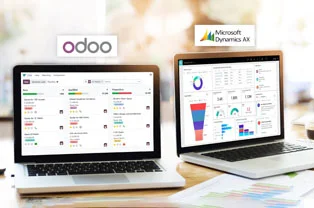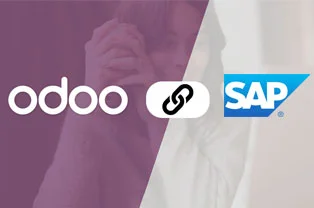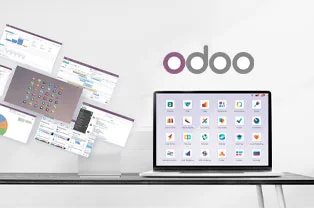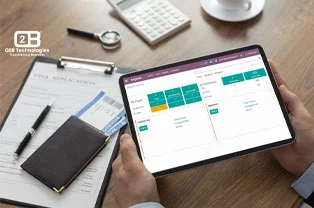To present a thorough picture of the differences between Odoo and Microsoft Dynamics AXE (Dynamics 365 Finance and Operations), consider the following main points in a table:
Category
Nature
Suitable Business Size
Scalability
Cost-Effective
Customization
User-Friendliness
Integration
Modules and Features
Community Support
Support and Services
Odoo
Open-source ERP system
Small to large businesses
Highly scalable, suitable for a wide range of businesses Lorem Ipsum dolor sit amet consectetur
Offers a free community edition and affordable pricing for the enterprise version
Highly customizable with open-source code and extensive third-party apps
User-friendly interface with a moderate learning curve Lorem Ipsum dolor sit amet consectetur
Offers good integration capabilities with a wide range of third-party applications Lorem Ipsum dolor sit amet consectetur
Comprehensive, covers a wide range of business processes with a plethora of modules Lorem Ipsum dolor sit amet consectetur
Strong global community with active contributors and extensive documentation
Offers both community support and paid support services with Odoo SA
ERPNext
Proprietary ERP system
Medium to large enterprises
Highly scalable and designed for large enterprises
Higher upfront costs, significant investment in licensing and customization
Customizable, but may require specialized expertise for complex customization
User-friendly, but may have a steeper learning curve for some modules
Seamlessly integrates with other Microsoft products and services, such as Office 365 and Power Platform
Offers a substantial set of features, with industry-specific capabilities for various sectors
Extensive support from Microsoft, including regular updates and enhancements
Extensive support and services from Microsoft and certified partners
Key Differences Between Odoo and Microsoft Dynamics AXE (Dynamics 365 Finance and Operations)
Consider the following aspects while deciding between Odoo and Microsoft Dynamics AXE (Dynamics 365 Finance and Operations) for your company:
Business Size
Determine whether your company's size is compatible with the ERP system's capabilities. Odoo is suitable for a wide variety of organisations, from small to large, whereas Dynamics 365 Finance and Operations is generally intended for medium to large firms.
Budget
Examine your financial restrictions. Odoo is a less expensive option, especially with its free community version, but Dynamics 365 Finance and Operations may have greater upfront fees.
Requirement Complexity
Consider the complexity of your business processes and needs. Odoo has a greater selection of modules and is extremely customisable, making it appropriate for enterprises with a wide range of requirements. Finance and Operations in Dynamics 365 are well-known for their industry-specific features.
Scalablity
Consider your organization's strategies for expansion. Both Odoo and Dynamics 365 Finance and Operations are very scalable, although the latter is developed primarily for large organisations.
Integration Requirements
Assess your integration requirements. Dynamics 365 Finance and Operations interfaces easily with other Microsoft products and services, which might be beneficial if your organisation is heavily reliant on the Microsoft ecosystem.


















































































































































































 USA
USA INDIA
INDIA